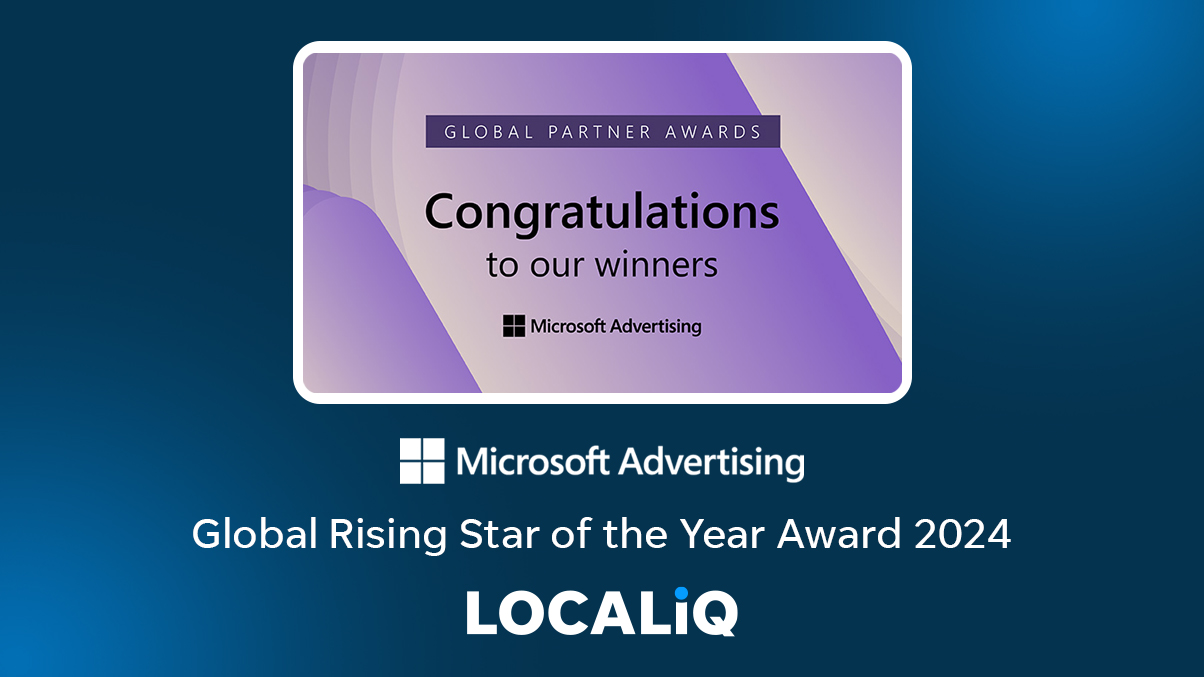Curating a social media plan doesn’t have to be as complex a process as people make it. If you follow the steps below and ensure you commit to your
social media marketing, you’ll reap the rewards over time and will see your audience grow.
So, what do you need to do on social media to grow your audience and achieve your business goals?
The Social Media Plan for Business
1. Go where your target audience are
Make a list of online platforms – this includes websites, eCommerce, and news sites as well as social networks – which your target audience demographics regularly visit and use. Which social channels are used by your target demographics? Every social network has its own unique audience and user habits. There are many articles and websites which can tell you each social networks user demographics – ensure you stick to the UK. We recommend Statistica for credible information.
Look at the accounts your typical customers follow, and the brands and content they engage with on social platforms – are they like your business and brand?
If you’re wanting to engage with a millennial and Gen Z audience, you’re going to need an Instagram presence. If you’re targeting high net worth investors within certain business verticals, you aren’t going to need Instagram, you’re going to need LinkedIn.
If you haven’t already, build a profile on these platforms, so you’re ready to get started.
2. Do a digital clean-up
Delete and remove your accounts on any social channels you won’t be using going forward – there’s nothing lazier and more unprofessional looking than an unused or half-finished online profile or business page. Everyone Google’s everything and everybody so make sure what they’re served on SERPs presents your business in the best light.
3. Complete all social media profiles fully
No brainer. Make sure they aren’t just complete, ensure they look the best they can with high-res banners and logos. Ensure each platform links to the other, as well as to your website or other relevant places you’d like to direct online users, for an easy, fully integrated user experience (the easier the experience is for the users, the easier it is for them to convert!
For best results when working with social media imagery, use the correct dimensions when uploading images (you can find each social media network’s image dimensions on their respective websites) and remember that screenshots and snipped images are going to look blurry and pixelated = unprofessional at best!
Use the right language – choose your keywords in your bio selectively. Social media channels such as Instagram look at keywords and SEO a lot more than they used to. Make sure it’s clear and obvious what your business does and provides.
4. Decide what your brand personality is
Pick 3-6 adjectives that would best describe your business if it was a person. Think about how you are going to demonstrate these attributes and qualities through your social media content.
What is your voice and tone going to be?5. Define your hashtags
Do your hashtags research and build a go-to bank of hashtags that are either relevant to your business niche and/or are followed by your typical target customers.
Have different sets, all related to your niche, that you can simply copy and paste under suitable posts. Whilst all hashtags should be relevant to your business (using generic, unrelated, widely used hashtags such as #instagood won’t do you #anygood at all) mix them up slightly to reach different online users.
6. Plan and follow social media content schedule
Build up your bank of go-to content and use user-generated content to fill in the gaps too. Decide how often you’re going to post – consider the where, when and what. How often will you post a video? What times of day will you post? (Tip: research and use your data to uncover which times of day and week your audience are most active on your chosen apps) How often will you run a poll, or a live?
There’s no definitive answer when choosing a posting frequency, but you should aim to have content going out no less than every 3 days if you want to maintain a presence and stop getting lost. If you’re time poor, as many of us are, you can use social media story features to fire out quick updates and content to maintain a brand presence and generate engagement without worrying too much about your feed.
Remember, it’s quality of content rather than quantity which will help you build a loyal audience.
It may sound a bit OTT having a social media schedule rather than posting ad hoc but having a set schedule you can follow and adjust as and when needed will garner stronger results on social media than a lack of consistency.
7. Engage your bottom off
If you want to build your awareness and use social media to generate sales, you need to start conversations with your audience. Make them feel important by adopting a customer-centric, people-focused approach – it builds loyalty, trust and retention, and generates sales.
Ways you can easily generate engagement on social media are;
- Using story features such as polls, questions and video – anything which generates responses and replies helps boost your engagement rate
- Encourage comments and tags on your own posts and content
- Follow the algorithm’s favourability – for example, Instagram’s algorithm is currently tipped to be favouring reels over images, so use reels to increase your reach and engagement
- Reply to everything – all comments and DMs should be responded to
- Comment on, share and like other content
- Ask questions – asking an open question is the best way to start a social media conversation. It’s also a wonderful way to find out what your customers want!
- Support others – building a supportive community around you online only works if you are willing to collaborate, build allies and lift others up
- Monitor your social media engagement over time and see how it uplifts by doing those simple things.
8. Network!
Networking is not just forced small talk and stale croissants, far from it! There are so many diverse types of networking, and that includes social media networking! Here are types of social media networking you may not have recognised as effective:
- Seeking collaborations and partnerships
- Sharing and featuring content produced by other (not competitor) companies
Through networking on social media, you are building your brand awareness and credibility, establishing an industry reputation, and generating new business leads, so why would you avoid it?
9. Use your data to make decisions
At LOCALiQ, we are advocates of making data-driven decisions when it comes to social media marketing, and by using the data acquired through marketing and advertising you can make better choices about where to invest your marketing budget.
Types of data you should take from your social media usage and leverage includes:
- Audience demographic data – if your posts are mostly engaged with by 25–34-year-olds, consider running an advertising campaign targeted to that age range to generate similar, additional followers.
- Timestamps – at what times and on which days were your audience most active? Consider scheduling posts and campaigns to go out during peak times.
- Engagement – see which types of content generated the most engagement and produce more of it!
10. Repeat!
Stay on top of your profiles, your content bank, your digital presence and audience engagement. Don’t neglect new social media features, and remember that whilst social media continuously evolves, your social media strategy should too. Stay agile – what works well this quarter may not work as well as something else in the next half of the year!
For further, more in-depth social media advertising and marketing advice,
get in touch with us today.




